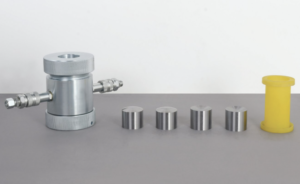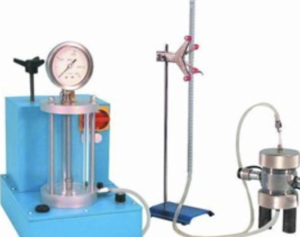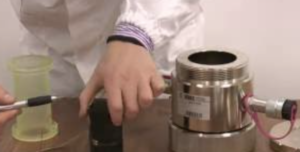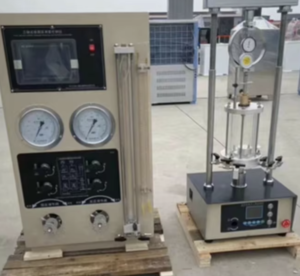3 Soil Density Test Methods: Sand Cone Test, Rubber Balloon Test, Nuclear Density Test
Accurately measuring soil density is essential in construction, ensuring safe and reliable foundations. The three most common field tests—Sand Cone Test, Rubber Balloon Test, and Nuclear Density Test—each offer unique advantages. Understanding when and how to use each method helps ensure accurate results and effective construction practices.
When Should You Use the Sand Cone Test?

The Sand Cone Test1 involves placing sand into a small excavation, measuring the volume of displaced sand, and calculating soil density2.
Use Sand Cone Test when:
- Accuracy and reliability are top priorities.
- Small-scale, localized tests are needed.
- Cost-effective and simple methods are preferred.
| Pros | Cons |
|---|---|
| Accurate and proven | Time-consuming |
| Simple and economical | Requires careful execution |
| No special licenses needed | Less efficient for large areas |
What Makes the Rubber Balloon Test Unique?

The Rubber Balloon Test3 uses an inflatable balloon filled with water to measure the volume of a test hole, then calculates soil density based on displaced water volume.
Unique Features:
- Adapts well to uneven surfaces and small holes.
- Minimally destructive method.
- Provides reliable density values in diverse soil conditions.
| Pros | Cons |
|---|---|
| Flexible, adapts to surfaces | Balloons can rupture |
| Good accuracy | Slightly slower than nuclear |
| Easy field application | Less suited for rocky soils |
Is the Nuclear Density Test the Most Accurate?
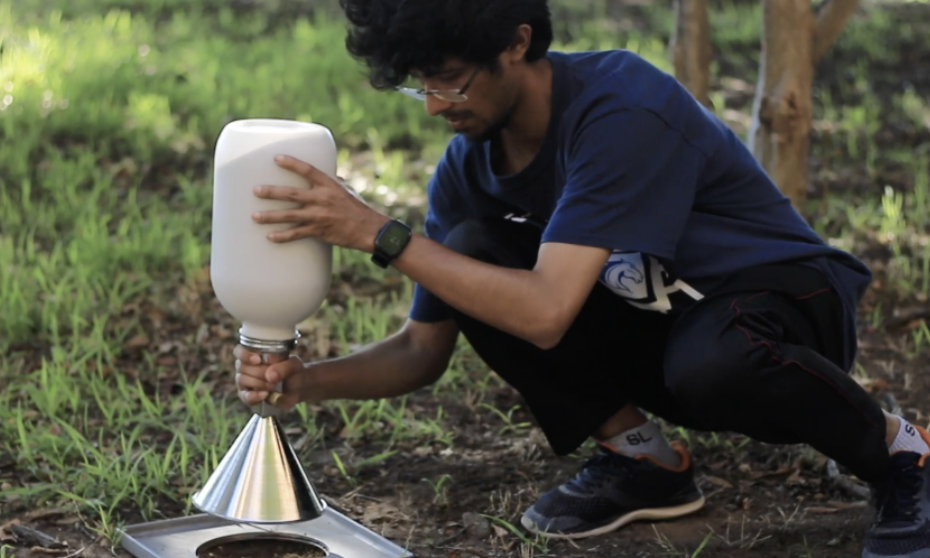
The Nuclear Density Test4 uses radioactive isotopes5 to measure soil density and moisture content6 quickly and efficiently.
Accuracy Considerations:
- Generally accurate and rapid results.
- Requires regular calibration and trained operators.
- Highly effective for large-scale projects.
| Pros | Cons |
|---|---|
| Rapid, on-site results | Expensive equipment |
| Measures moisture simultaneously | Regulatory and safety compliance |
| Suitable for extensive projects | Calibration sensitive |
While highly accurate under optimal conditions, accuracy can decline without proper calibration and experienced operators.
How to Choose the Right Soil Density Method?
Choosing the right test depends on specific project conditions:
- Sand Cone Test: Choose for precise, smaller-scale testing requiring reliable results and low-cost solutions.
- Rubber Balloon Test: Ideal for versatile, accurate results on uneven or smaller test sites with fewer rocks.
- Nuclear Density Test: Best suited for larger projects needing rapid measurements and simultaneous moisture assessment.
| Project Scenario | Recommended Method |
|---|---|
| Small-scale accuracy | Sand Cone or Rubber Balloon |
| Uneven or confined areas | Rubber Balloon Test |
| Large-scale efficiency | Nuclear Density Gauge |
Conclusión
Each soil density test method—Sand Cone, Rubber Balloon, and Nuclear Density—has strengths suited for different situations. By considering accuracy requirements, project scale, soil conditions, and budget, you can select the ideal test method to ensure stable and safe construction outcomes.
-
Explore this link to understand the Sand Cone Test in detail, including its methodology and applications in soil density measurement. ↩
-
Learn about the significance of soil density in construction projects and how it affects stability and safety. ↩
-
Explore this link to understand the innovative Rubber Balloon Test and its applications in soil density measurement. ↩
-
Explore this link to understand the principles and applications of the Nuclear Density Test in soil analysis. ↩
-
Learn about radioactive isotopes and their crucial role in various testing methods, including soil density measurement. ↩
-
Discover the techniques used to measure soil density and moisture content, essential for construction and engineering projects. ↩



